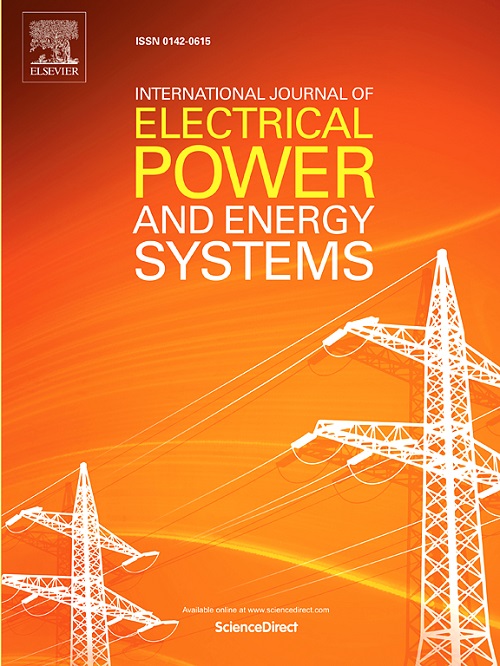工业物联网中人工智能驱动的数字孪生
IF 5
2区 工程技术
Q1 ENGINEERING, ELECTRICAL & ELECTRONIC
International Journal of Electrical Power & Energy Systems
Pub Date : 2025-04-08
DOI:10.1016/j.ijepes.2025.110656
引用次数: 0
摘要
智能产业的快速崛起背后隐藏着许多需要及时解决的挑战。在两个工业时代(工业4.0和工业5.0)之间的过渡中,数字孪生体在智能制造中的实际应用对于提高效率、优化运营和确保可持续性至关重要。本文介绍了垂直工业物联网(IIoT)框架中的数字孪生(DT)概念,该框架由用于时间序列预测的机器学习(ML)模型提供支持。根据DT需求和分层数据处理,以及边缘、雾和云计算,本文提出了最先进的ML模型和算法。智能边缘设备和监控系统的实时和低延迟要求迫使选择由ML模型驱动的DT模型进行时间序列处理和预测。更强的计算机资源是IIoT雾级的特征。在这个层次上,DT模型应该有参数选择、相关分析和热图可视化的技术和方法来支持,以便于时间序列处理。重点研究了一种新的多变量时间序列预测方法。这种方法应该能够对不能直接测量的参数进行预测。基于多个实时序列对该方法进行了验证。本文章由计算机程序翻译,如有差异,请以英文原文为准。
Ai-powered digital twin in the industrial IoT
The rapid emergence of the smart industry hides numerous challenges that need to be addressed promptly. In the transition between two industrial eras (Industry 4.0 and Industry 5.0), hands-on applications of digital twins in intelligent manufacturing are pivotal in enhancing efficiency, optimizing operations, and ensuring sustainability. The paper presents the digital twin (DT) concept in a vertical Industrial Internet of Things (IIoT) framework powered by machine learning (ML) models for time series forecasting. According to DT needs and hierarchical data processing, as well as edge, fog, and cloud computing, the paper presents state-of-the-art ML models and algorithms. Real-time and low-latency requirements of smart edge devices and monitoring systems force the selection of DT models powered by ML models for time series processing and forecasting. Stronger computer resources characterize the IIoT fog level. At this level, DT models should be supported by techniques and methods for parameter selection, correlation analysis, and heatmap visualization that facilitates time series processing. Special attention is devoted to developing a novel multivariate-time-series prediction method. This method should enable parameter prediction which cannot be directly measured. The method was validated based on several real-time series.
求助全文
通过发布文献求助,成功后即可免费获取论文全文。
去求助
来源期刊
CiteScore
12.10
自引率
17.30%
发文量
1022
审稿时长
51 days
期刊介绍:
The journal covers theoretical developments in electrical power and energy systems and their applications. The coverage embraces: generation and network planning; reliability; long and short term operation; expert systems; neural networks; object oriented systems; system control centres; database and information systems; stock and parameter estimation; system security and adequacy; network theory, modelling and computation; small and large system dynamics; dynamic model identification; on-line control including load and switching control; protection; distribution systems; energy economics; impact of non-conventional systems; and man-machine interfaces.
As well as original research papers, the journal publishes short contributions, book reviews and conference reports. All papers are peer-reviewed by at least two referees.

 求助内容:
求助内容: 应助结果提醒方式:
应助结果提醒方式:


